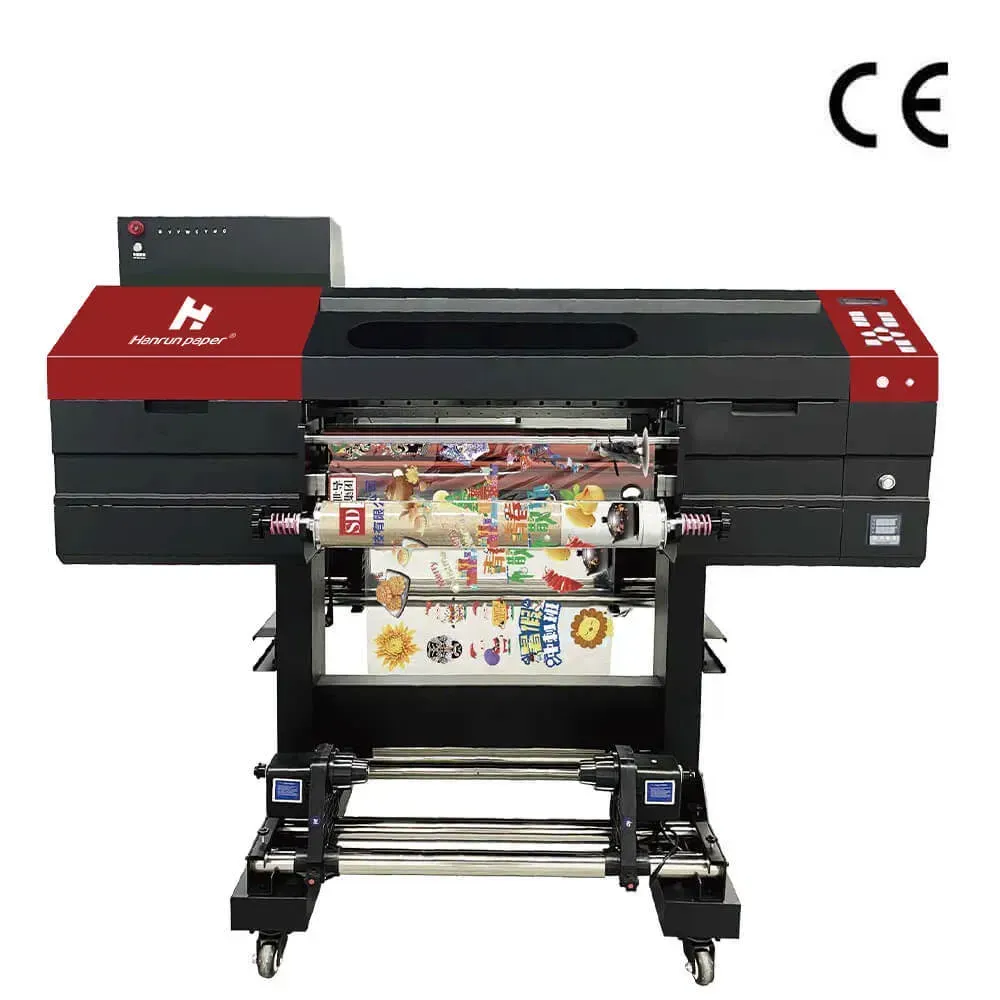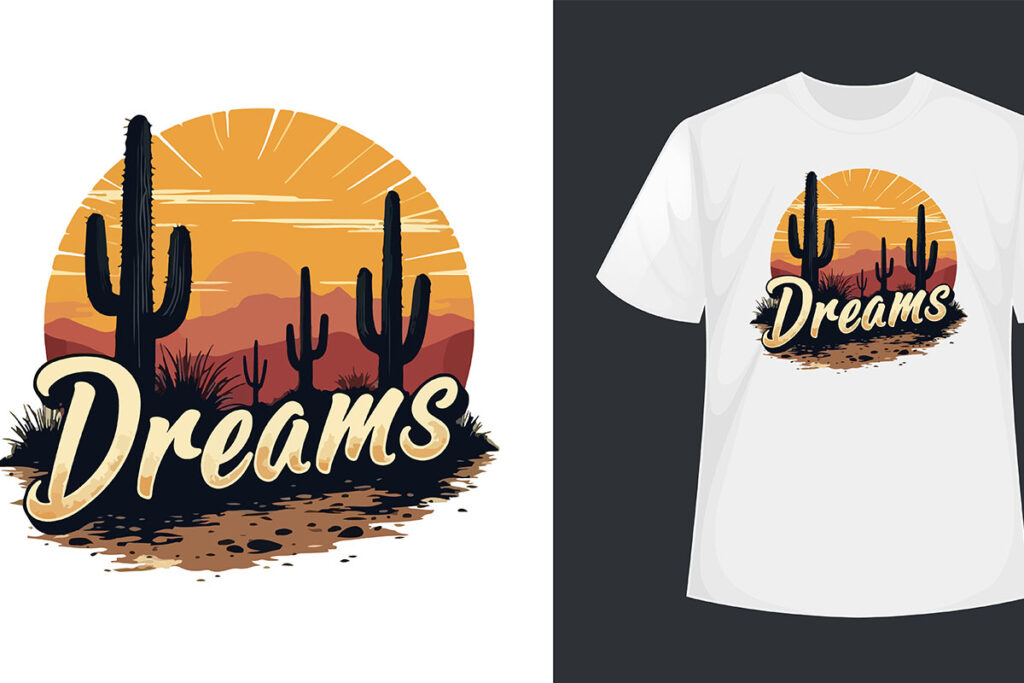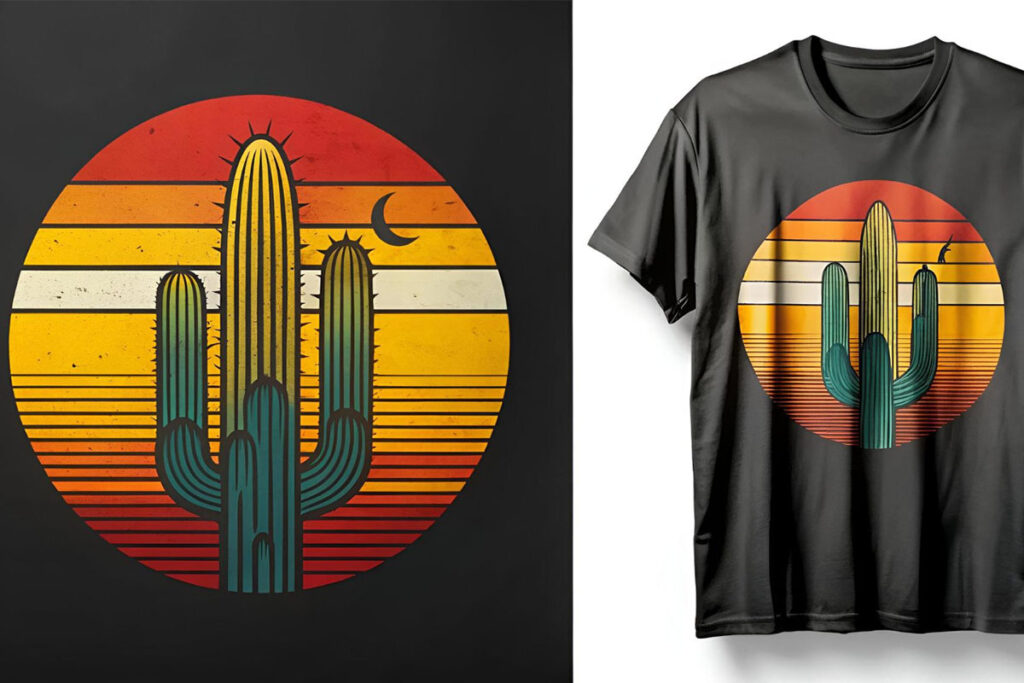UV DTF techniques are redefining how brands print vibrant, durable graphics on apparel and accessories. This approach blends the sharp detail of direct-to-film transfers with UV-curable inks that cure instantly, delivering vivid color and edge clarity. Understanding the basics of this process and selecting the right settings can help designers and small businesses plan efficient workflows. Choosing the right films, underbases, and calibration steps ensures opacity on dark fabrics and crisp edges on light ones. If you’re aiming for market-ready results, this guide offers practical planning, printing, and finishing tips for UV-based projects.
Viewed from a different angle, this is a UV-curable film-transfer process where an inked carrier is fused to fabric with heat and pressure. You can think of it as a film-based UV printing workflow that shares core ideas with standard direct-to-film printing for textiles and other substrates. Applying LSIs, related terms such as UV-curable inks, transfer film, and color management help connect this topic to broader discussions in textile printing, on-demand production, and manufacturing workflows. Focusing on consistent heat, pressure, and cure time helps ensure durable, high-resolution results across fabrics and compatible hard surfaces.
UV DTF Techniques: Mastering Bold, Durable Transfers
UV DTF techniques exploit UV-curable inks applied to a transfer film and fixed to a substrate with heat and pressure. This approach combines the precision of direct-to-film transfers with the rapid curing of UV inks, delivering sharp detail and wide color gamut. When you think about UV printing on fabric, you’re leveraging a dynamic blend of textile flexibility and film-based durability, resulting in transfers that resist fading and cracking through regular wear and washing.
In practice, mastering these techniques means optimizing a workflow that starts with the right materials and ends with consistent curing. The goal is to minimize ghosting, maximize edge definition, and preserve the integrity of fine lines and halftones. By focusing on calibration, color management, and precise heat/pressure parameters, designers and shop owners can achieve market-ready results that rival traditional methods while offering faster turnaround times.
Choosing the Right UV DTF Materials and Equipment
Selecting the right UV DTF materials lays the foundation for reliable, repeatable results. This includes films engineered for UV-curable inks, a compatible white underbase for darker fabrics, and strong adhesives that balance adhesion with wash durability. Investing in quality UV DTF materials also means choosing a printer and curing system that align with your workflow and production speed.
Beyond the basics, consider substrate compatibility, film thickness, and maintenance needs. The interaction between UV DTF materials and your substrate—whether cotton, poly blends, or even hard surfaces with coatings—will influence color vibrancy, edge sharpness, and longevity. Regular cleaning and proper storage of materials help preserve print quality and reduce edge halos during production.
DTF Design Tips for Crisp Artwork on UV Transfers
DTF design tips emphasize creating graphics that translate cleanly from screen to film to fabric. Start with high-resolution artwork and favor vector-based elements for sharp edges, while raster images should be prepared at the target print resolution to avoid blurring. A manageable color palette and accurate ICC profiles help ensure predictable results when using UV DTF materials.
Plan for the film transfer process by accounting for edge bleed, white underbase areas, and the potential for color shifts on different fabrics. Simple, bold shapes with clean edges tend to reproduce best on film-based transfers, and thoughtful typography improves legibility after transfer. Layout considerations like bleed, negative space, and placement on garments or accessories are essential for achieving a professional look.
Calibrating Your System: DTF Printer Settings and Color Management
A well-tuned RIP workflow and precise DTF printer settings are central to consistent color reproduction. Use ICC profiles and device-specific color targets to verify neutral balance and ensure gradients render smoothly. Calibration should be substrate-specific, with test prints to confirm white underbase strength on dark fabrics and stable ink density across the print area.
Color management is not a one-time step—it’s an ongoing practice that includes regular recalibration, monitoring ambient light conditions, and adjusting curing parameters. By aligning your UV printing on fabric workflow with accurate DTF printer settings, you minimize color drift and maximize edge definition, producing transfers that remain true from proof to production.
Substrates and Surface Prep for UV DTF on Fabric and Hard Surfaces
Substrate choice significantly affects the success of UV DTF transfers. Light-colored fabrics typically deliver vibrant results with less risk of color shift, while dark fabrics may require a thicker white underbase for opacity. UV DTF can also be used on hard surfaces like ceramics or coated plastics, provided you select substrates with proper surface preparation and suitable adhesion modifiers.
Before production, test each substrate type with a small batch to verify adhesion, wash durability, and color fastness. If you notice edge peeling, adjust heat time, pressure, or transfer thickness. For best results, consider a post-press cooldown to ensure the adhesive fully sets and to prevent edge cracking around curves, ensuring the transfer remains intact through handling.
Troubleshooting, Safety, and Maintenance for UV DTF
Even with careful material selection, issues can arise. Common problems include color shifts, ghosting, and edge halos. Diagnose by reviewing UV DTF materials compatibility, rechecking printer calibration, and refining heat-press parameters. Regularly inspecting the film surface and ensuring consistent contact across the transfer can prevent many of these issues.
Safety and maintenance are essential components of a stable UV DTF workflow. Follow manufacturer safety data sheets, wear appropriate PPE when handling inks and solvents, and maintain print heads, film paths, and heat presses to minimize deposits and misalignment. A disciplined maintenance routine helps sustain image quality, improve longevity, and ensure your direct-to-film transfers meet professional standards.
Frequently Asked Questions
What are the essential UV DTF materials for reliable transfers?
Key UV DTF materials include a compatible transfer film, a white underbase for dark fabrics, UV-curable inks, and an adhesive designed for film transfers. Pair these with a suitable heat press or curing system and fabrics that match your printer’s ink system. Choosing film thickness and edge‑sharpness considerations helps ensure clean, durable transfers.
How can I achieve crisp UV DTF transfers on fabric?
Use a calibrated RIP workflow with ICC profiles and precise halftone control to preserve detail. Apply a strong white underbase on dark fabrics, then set heat, time, and pressure to the printer’s recommendations for your film and ink. Align the transfer carefully to prevent misregistration and ghosting for crisp results.
What are effective DTF design tips for UV DTF transfers?
DTF design tips start with high‑resolution artwork and vector graphics for sharp edges. Plan for the film transfer process by using solid color blocks, simple halftones, and legible typography. Build your palette with a manageable set of colors, and test layouts on your chosen UV DTF materials to confirm opacity and edge definition.
How do I troubleshoot common issues in UV DTF transfers?
Common issues include color shifts, weak adhesion, ghosting, and edge halos. In a direct-to-film transfers workflow, recalibrate color profiles, verify ink saturation and white underbase strength, and adjust heat, pressure, and duration. Ensure the transfer film is flat and clean to minimize edge artifacts.
What DTF printer settings and calibration steps improve transfer consistency?
Calibrate the printer for your substrate and film, and use ICC profiles for accurate color reproduction. Run target tests to verify halftone reproduction and white underbase strength, then confirm exposure and curing are consistent across batches. These DTF printer settings help achieve repeatable, market-ready results.
Are UV DTF transfers durable on dark fabrics, and how can I ensure longevity?
Yes, when you use proper UV DTF materials, a sufficient white underbase, a strong adhesive, and thorough curing. Ensure the transfer is fully set with appropriate heat and pressure, and consider a post‑press cooldown to maximize adhesion. Testing on each fabric type helps confirm wash durability and colorfastness.
| Topic | Key Points | Notes / Impact |
|---|---|---|
| Introduction to UV DTF | UV DTF elevates branding with vibrant colors and durable transfers; faster curing with UV inks; strong alternative to traditional heat-transfer methods. | Designed for designers, small business owners, and enthusiasts; plan, print, transfer, finish with confidence. |
| How UV DTF Works | UV-curable inks on transfer film; heat/pressure adhere to substrate; inks cure instantly; reduced ghosting; high color fidelity. | Covers fabrics and hard substrates; explains the core mechanics. |
| Materials & Equipment | Printer for UV-curable inks; transfer film; white underbase for dark fabrics; adhesive; heat press or curing system; consider film thickness and compatibility. | Proper maintenance improves results; choose materials compatible with printer and curing method. |
| Techniques for Crisp Transfers | Print calibration; RIP workflow with ICC profiles; color management; test prints; align heat and cure; underbase strength for dark fabrics; prevent smearing. | Edge definition matters; consistent exposure and curing yield crisp results. |
| Design Tips | High-resolution artwork; vector for sharp edges; color management; gradients; plan for opacity and white underbase; layout and negative space; placement. | Film-specific considerations; simple halftones and legible typography. |
| Substrates & Application | Substrate compatibility; light fabrics vibrant; dark fabrics require thicker underbase; hard surfaces possible with prep; testing essential. | Test batches; adjust heat/time/pressure; edge issues may require tweaks. |
| Troubleshooting | Color shifts; weak adhesion; ghosting; edge halos; remedies: recalibrate, check adhesion, adjust cure, ensure film flat. | Systematic checks help identify root causes. |
| Safety & Maintenance | Follow safety data sheets; PPE; regular maintenance of heads, film, heat press; prevent deposits and misalignment. | Ensures long-term performance and safe operation. |
| Conclusion / Takeaway | UV DTF techniques deliver vibrant, durable transfers; success relies on materials, calibration, and thoughtful design; endlessly iterate workflow. | Aim for market-ready, repeatable results. |
Summary
UV DTF techniques enable vibrant, durable transfers across textiles and other substrates, delivering sharp imagery and reliable wash-fast results. This approach combines UV-curable inks with film transfers, supported by careful material selection, calibration, and design considerations to produce market-ready results. Key steps include choosing compatible UV DTF materials, mastering color management, testing substrates, and refining heat-press parameters. By following these practices, designers and small business owners can achieve consistent, high-quality results with UV DTF techniques.



